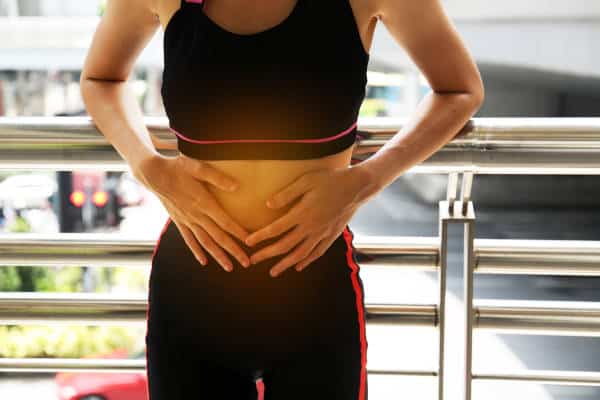
Optimize Fitness with Your Cycle – Dr. Busch, Calgary
Exercise and Your Period
We can hate our period, but it’s what allows us to have cute little babies! It’s also what makes us women! So let’s be proud of that.
“Who run the world? Girls!” -Beyoncé
Did you know that you can use your menstrual cycle to your advantage with athletic training? Did you know that your cycle has an effect on your ligaments and muscles?
Understanding Your Menstrual Cycle
On average, a cycle is 28 days (some more, some less). We can break up our cycle into 3 main phases:
- Follicular Phase (~13 days in total): Your period is the start of the follicular phase, and in the 2nd half of your follicular phase, estrogen levels start to spike.
- Ovulation: Release of the egg signals the end of ovulation.
- Luteal Phase (~13 days in total): Starts after ovulation and ends at the start of your next period. Progesterone spikes in this phase, and estrogen has a secondary spike in this phase.
Hormonal Impact on Athletic Training
Estrogen and Progesterone: Estrogen peaks during ovulation and progesterone peaks in the luteal phase.
An important thing to remember is that in the luteal phase, progesterone peaks, but estrogen has a secondary peak during this timeframe as well. We will get to why this is important.
The first spike in Estrogen (which occurs in the follicular phase after your period) brings something we can be grateful for… a self-made energy boost as well as faster recovery! This creates a training period advantageous to strength and high intensity training. Estrogen also creates better binding of the cells in muscle tissue, which ultimately leads to a strength advantage. Estrogen also reduces inflammation, which helps with recovery between workouts.

Risks and Rewards
In terms of musculoskeletal tissue, we have a battle here. Because of how estrogen impacts ligaments vs. tendons and sinew, there is increased risk of ACL (anterior cruciate ligament) injury of the knee, but decreased risk of Achilles tendon rupture and muscle strains during this phase. One of estrogen’s superpowers is that it decreases tendon and sinew stiffness, and therefore acts as protector to this tissue. Depending on your sport or activity this may be advantageous or disadvantageous (glass ½ empty or ½ full?)
During your period is a great time for endurance activity (my personal favorite as a triathlete and ultra marathoner!) because the body manages carbs better during this timeframe. Here is a fantastic reason to love being on your period (if you can get through your potential cramps and bloating and digestive struggles that is).
When estrogen and progesterone are higher at the same time (i.e., in the Luteal phase) this is a point in life where you should “stay calm and carry on” i.e., chill a bit more. High intensity and endurance workouts can be more challenging during this phase. Even though we have the above benefits of estrogen in this phase, when estrogen and progesterone work in tandem, they actually seem to negate each other. Let me be optimistic with the fact that obviously, you can still train and do higher endurance/intensity activities during this phase, but you may not feel your best at this point in your cycle, and I think it’s very empowering as a woman to know why we sometimes may feel this way with no change in our diet, training, or life habits.
Diet and Your Cycle
In terms of diet, new creation of glucose in the liver (gluconeogenesis) is depressed by estrogen and progesterone, so when these hormones spike it is highly recommended to keep your dietary (external) carb intake high because your internal carb system is not as effective. It’s also important to make sure you get enough protein during the luteal phase, as progesterone causes an increase in protein breakdown.
Nutrition recap:
- Higher carbs once your period has finished (i.e., the 2nd half of the follicular phase when estrogen starts to spike).
- Higher protein and carbs in the luteal phase.
So there you have it, ladies! Knowledge is power, and the better you know your cycle and how you respond in each phase of your cycle, the better you can tailor your training.
This blog post is referenced/adapted from Dr. Zane Hauck -“Athletic Performance and the Menstrual Cycle: How to Tailor Workouts to Achieve Optimal Performance.”
About Dr. Brianna Busch
MOVE TO MOVE’s Dr. Brianna Busch is a Chiropractor with a special interest in Pregnancy Care. She loves to educate, treat, and uplift the incredible women going through their unique motherhood journey. A born and raised Calgarian, Dr. Brianna enjoys a multitude of indoor and outdoor athletics, specifically in the world of triathlon. Her goal is to continue pushing her limits in this sport, while still enjoying the complimentary movement practices of barre, yoga, hiking, cross country skiing, and trail running.



